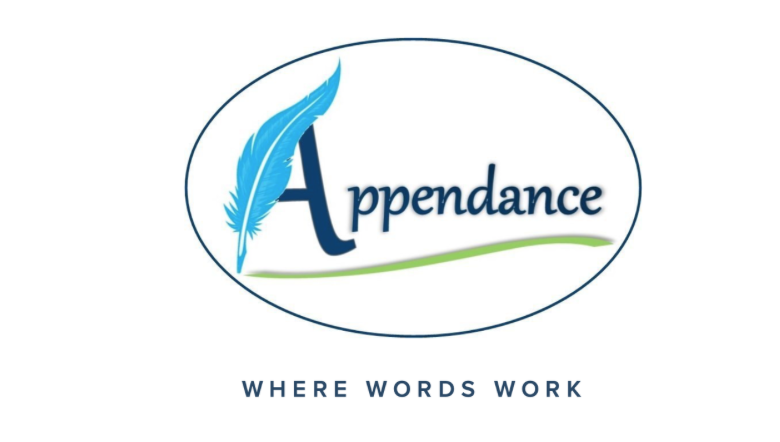Are you allowed to use “I” in reports?
Jenny Morse, PhD
Author and CEO
Many of my clients write reports—weekly updates, client assessments, analysis of financial information, or testing summaries. A report is a type of document that records and presents information so that the audience can know that information, have access to it in the future, and potentially make decisions using it. Since a report’s job is to present information, the content, organization, and formatting of the report work towards that purpose. Reports use headings to create different sections in the document. They often include visuals, whether tables, graphs, or photos. They typically consist of at least three paragraphs (intro, body, conclusion), and often many more, requiring the use of page numbers and maybe even a Table of Contents.
Of all the challenges capturing information in an easy-to-read report presents, perhaps the hardest is avoiding the word “I”. Many of us were told that we couldn’t use the word “I” in a report. It was a rule given to us by our biology teacher for our lab reports or our English teacher for a book report. The rule seemed arbitrary and made us write in strange ways:
Want a more in-depth refresher on professional writing?
Try our Better Business Writing: On Demand course. This self-paced, virtual course will teach you strategies to become a more efficient and effective writer, and provide you with expert feedback
The high school lab technician then added two drops of sodium chloride to the solution.
Who is “the high school lab technician”? That would be “I”.
When one was reading the book, one thought to herself how well the book was written.
Who is “one”? Also, “I”.
These examples illustrate how challenging it can be to write about your own experiences in a report. But the reason teachers outlawed the word “I” was not arbitrary and capricious. Reports aren’t about your experience at all. The task was not to find words to replace “I,” but to find ways of writing that didn’t require “I” at all, that focused on what happened rather than on what you did.
When two drops of sodium chloride were added to the solution, the liquid began to foam and rise out of the beaker.
Passages like “quote” illustrate how well the book is written.
These sentences aren’t about the writer’s experience. These sentences are about the report content: the objects in the experiment, the text of the book. The rule about not using “I” is a rule to help report writers craft reports that are (or at least sound) objective.
When writing a report, “I’ is most likely going to be used in the introduction and conclusion, if it is used at all. A report might open with something like “After two weeks of research, I have included all of my findings in the following report.” Or a conclusion might say “As a result of this information, I recommend that we move forward with the project.” These kinds of sentences that present the writer’s point of view or experience can be useful in framing the report–describing how it was created or how it can be used next. Keep in mind that some bosses, industries, or organizations may not want “I” in even these parts of the report.
However, virtually all reports avoid “I” in the body where the information is presented. The goal is to talk about the report content rather than the writer’s experience or perception of that content. If you are using the word “I,” in the middle of a report, chances are you are thinking about your own perspective rather than simply presenting the information the audience needs.
Eliminate “I” wherever possible, but don’t do it by turning yourself into “one” or a “high school lab technician.” Eliminate “I” by changing the sentence entirely so that it is not about a person at all.








